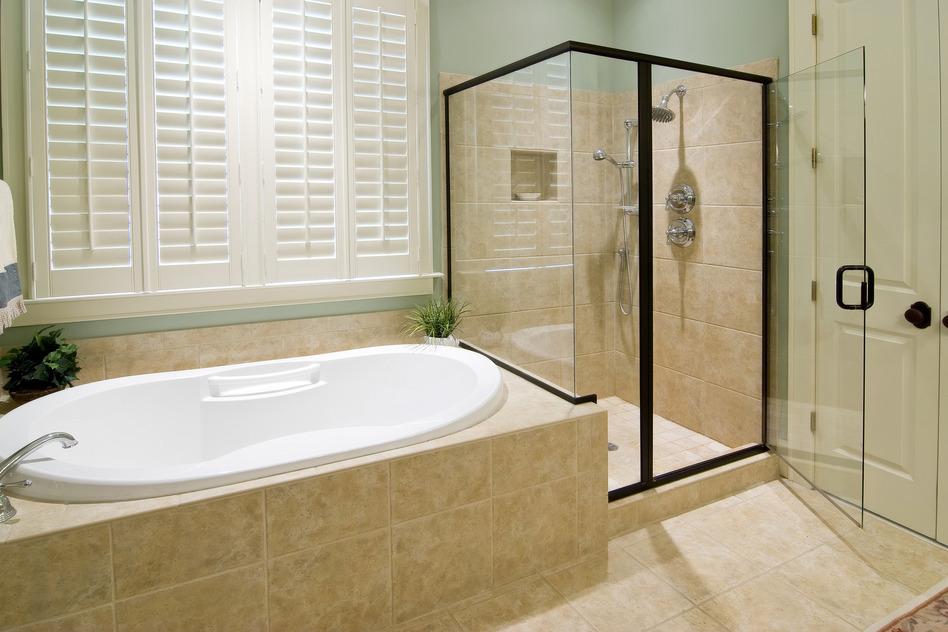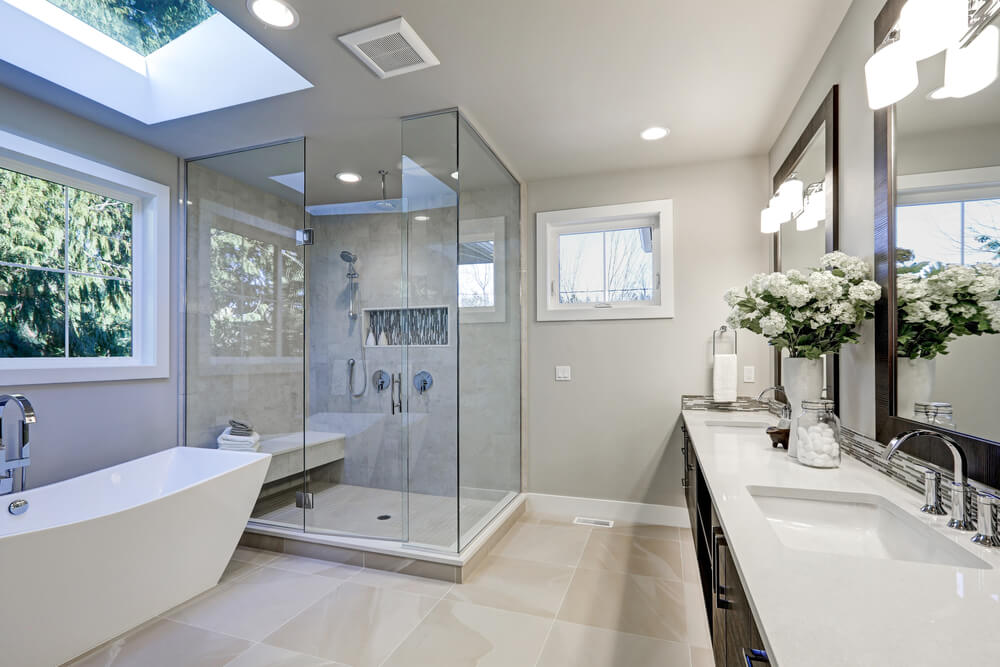Fast and Effortless Installation of a New Shower Unit
Fast and Effortless Installation of a New Shower Unit
Blog Article
This article following next involving Simple ways to Install a Shower Cubicle on Your Own is pretty much enlightening. Read it for yourself and figure out what you think of it.

A successful shower installation needs careful preparation and a lot of job. In most cases, you will certainly need to do 3 kinds of jobs: framing walls, setting up the plumbing, as well as ending up walls.
Prep work
To start with, you should select the sort of shower that you desire to set up. It is necessary to ascertain whether the chosen shower can handling certain systems and also can regulate a safe degree of water via the central heating boiler. Most shower units nowadays are made to be flexible to various water stress (such as saved hot water and cool keys).
It is likewise essential to take into consideration the water pressure and also the preparation of the piping and also drain for the shower
Various Kinds Of Shower Units
Method
Depending on the sort of shower you desire to mount, the shower head must either be suited order to avoid its contact with the water in the bathroom listed below or the base tray, or it must have a check valve.
Before beginning, it is advisable to note the positions of the shower head as well as control, and also to plan the pipe-work involved. Additionally, the drain system to get rid of the waste water will certainly require to be intended. Both positions of the cord path as well as the shower switch will certainly likewise require to be taken into consideration if an instantaneous or electrical shower system is being mounted.
Make use of the guideline overview supplied with the shower device to fit the shower control.Before fitting the pipes that will supply the water to the shower system, it is important to cut off the supply of water. In order to protect the pipelines, they must be provided a water resistant covering as well as also fitted with separating valves. The pipes can after that be buried into the wall surface and also glued over to neaten the overall appearance.
Fit the base tray, shower head, and installations.
Connect the major shower control to the pipelines that will certainly be providing the water (This may require a female screw thread adapter).
Reconnect the water supply and test the pipelines for any type of leakages, as some might require firm.
If you are setting up an electric shower, keep in mind to switch off the electricity supply before making any type of electrical connections. When these connections have actually been made (there must be assistance within the instruction manual), the power supply can be changed back on.
Changing Water Stress to Fit Your Shower
The cold water reservoir can be raised to a better height (sometimes just 150mm (6inches)) by fitting a solid wood support underneath it - perhaps composed of struts as well as blockboards. If you pick this alternative, the main and also distribution pipelines will certainly also need to be raised to satisfy the brand-new height of the storage tank.
Additionally, a booster pump (a single pump or a dual/twin pump) can be fitted. Whichever type is selected, it needs to be attached right into the power supply in order to operate.
Piping as well as Water drainage
It is best to make use of 15mm diameter supply pipelines, as well as make the runs to the shower as brief as well as straight as possible so regarding preserve optimal pressure and minimise heat loss. In addition, by minimising the use of arm joints for pipe edges, you can lower the resistance in the flow of the water system. You can achieve this by flexing the pipelines instead.
A Lot Of Usual Mistakes
How Do You Install a Shower? Follow This Guide
Installing a Shower at a Glance
Tools & Materials: Level, electric drill, caulk, hole saw, cedar shims, shower unit Step 1: Drill pilot holes Step 2: Prep fixture holes Step 3: Move unit into place Step 4: Caulk corners and base Step 5: Attach door Step 6: Install shower pan Whenever plumbing is involved in a DIY project, people worry about what might go wrong. The truth is that installing a shower isn’t that complicated, and you can save a lot of money by doing it yourself. You shouldn’t need to make any alterations to your plumbing to complete the job, and most of the tools you need will be provided in your new shower kit.
Can I Install a Shower Myself?
Even if you’ve never installed a shower before, you’ll find this to be a project that is perfectly suited for DIYers with a moderate level of experience. Whether you're doing a bathtub conversion or installing a new stall, most of what you need comes in shower kits that you can purchase from a hardware store. The first thing you need to do is determine what type of shower stall you want.
Single-panel stalls are the easiest to install because they come preassembled. All you need to do is put them in place. Multi-panel showers require a few additional steps, but you’ve got more control over the appearance of your unit. Multi-panel units are also much easier to handle if you’re going to do the installation without any help.
Be sure to take all appropriate safety precautions, such as wearing eye protection and gloves. When you’re removing or installing a shower unit, you might kick up debris that could hurt your eyes. You’ll also need to work with equipment that will get extremely hot, so be sure to have safety gloves handy.
Tools and Materials
2- to 4-foot level Electric drill with a 1/8-inch drill bit Caulk 2-inch hole saw Cedar shims The unit itself Before You Begin: Prep the Space
It’s highly important to measure your space accurately before putting the stall in. Measuring from the floor upward and from each corner outward will ensure you’ve got the right measurements. What you’re looking for is where the plumbing apparatuses are going to come through the stall. Transfer these measurements over to the back of your unit by drawing the locations of these holes using a pencil or marker.
Pull out your old shower and make sure to scrape off all the old caulking. Be thorough because you want to work with smooth surfaces for the best installation. Once you’ve pulled out your existing shower, you need to make sure that the floor is clean and dry. The best way to clean debris is with a shop vacuum, as it’ll soak up water and dirt together.
If you’re experiencing any plumbing issues, such as low water pressure, this is a perfect opportunity to solve them. Make sure that the pipes themselves are not in need of patching and clean your showerhead. When you turn the water back on after your project, check the pipes for signs of wear or disrepair. Anything beyond minor repairs should be handled by a plumber, and this is the best time to bring in a professional.
If the floor has any moisture at all, don’t proceed until it’s completely dry. The last thing you need is for the floor to rot or invite mold and mildew into your base. Once everything is dry, apply waterproof wallboard to the walls. This can be attached with screws or nails, then sealed with caulk so that water doesn’t seep into any crevices.

Do you really like reading up on How to Build a Shower Enclosure for Your DIY Bathroom? Place a review down the page. We would be delighted to hear your suggestions about this posting. We are looking forward to see you back again in the future. Sharing is caring. Who knows, you may just be doing someone a favor. We appreciate reading our article about How to Install a Shower Enclosure .
Call Report this page